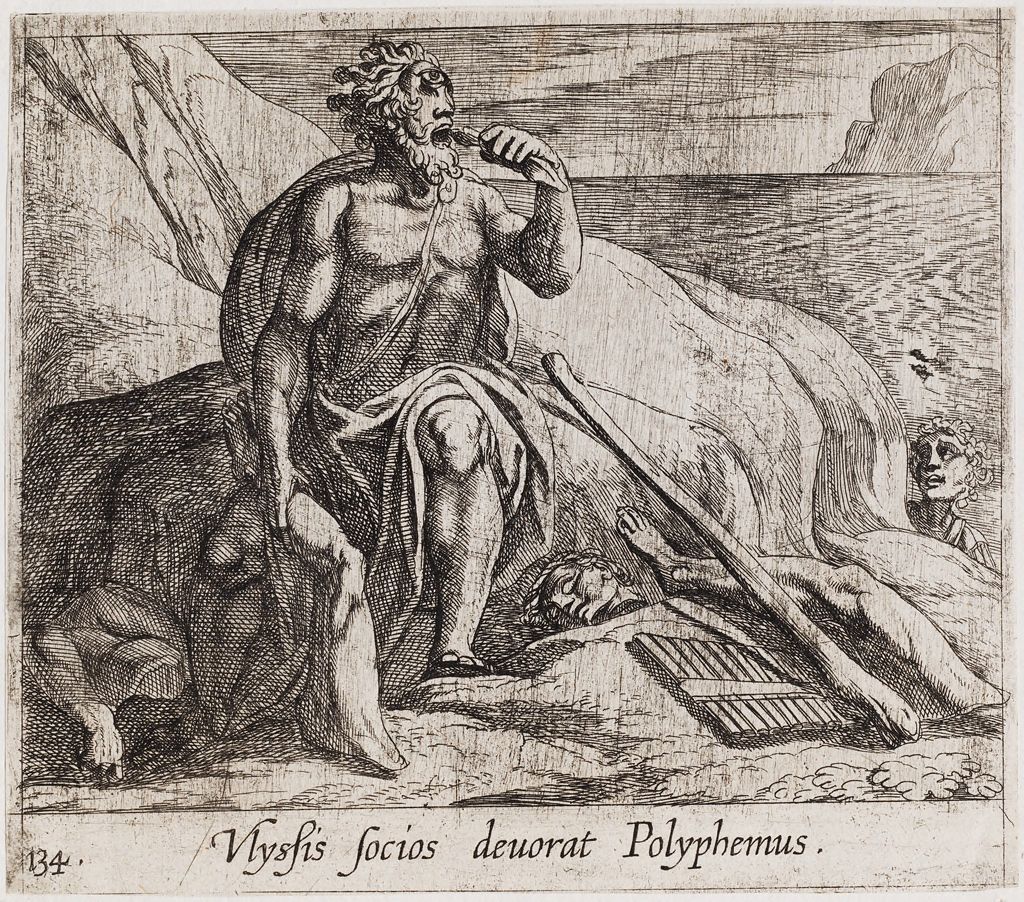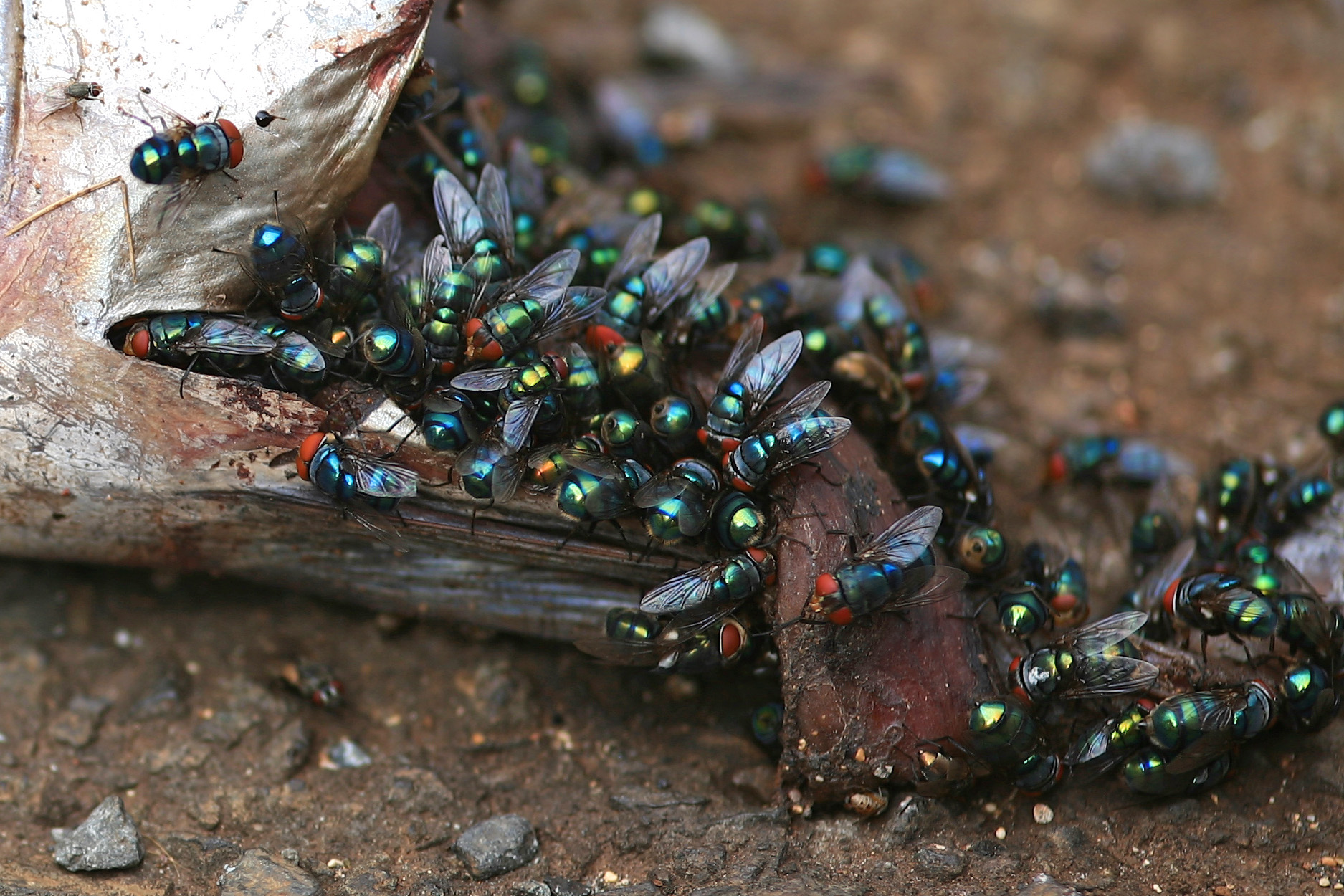There is a part of me that will always love pests like pigeons or houseflies or starlings. It’s the part of me that thinks the maligned often have their own value, their own stories to tell when we get to know them.
After all, I once was that person. I was teased, as so many kids were teased, as being without value.
So when I see a maligned animal species that people have assigned as being without value (often through very little thought or speculation), I see myself in it.
Besides, there is something respectable, even heroic, in the scrappy survivor.
Sometimes I think this love of pests started with pigeons, because pigeons are simply doves on steroids, and it’s fascinating to me that doves are in the same bird family, but doves are seen as good in our culture, while pigeons are seen as a nuisance.
There is also the fact that the modern city pigeon, a transplant, is actually feral livestock brought over by European colonists as a food source in the 1600s.
Most especially it is a sensitivity to the now extinct passenger pigeon, a bird described as being of “almost ethereal beauty,” and which we partly shot into extinction because many 19th century Americans saw it as a nuisance. (Also, we wanted to eat it.)
The modern city pigeon, so much pest now, could be tomorrow’s passenger pigeon, and hundreds of years from now, nature-minded people may read contemporary peoples’ accounts of cities covered in pigeons with the same bittersweet feelings of sadness and pained nostalgia that I feel when I read about flocks of passenger pigeons in the 1800s.
There is also the fact that pigeons can be pretty interesting if you watch them.
They have iridescent feathers in turquoise and violet along their necks, and a male displays them to a female during their courtship display.
I once witnessed this waiting for a bus in downtown Denver.
It was surprisingly compelling, and the fact that it was happening in an urban landscape made it no less fascinating than if it had been happening out in the wilderness.
Another time, walking along the streets of Boulder littered with magpies flashing white and black and the dusty creak of ravens, I looked down and saw a head and neck of a pigeon on the sidewalk.
The foxes and coyotes in the area made coming across partially-eaten remains fairly likely, and I only stooped down to discern what kind of animal had eaten the rest while the sun shone on the aqua neck feathers like a sea-worthy jewel. I found myself lost in the beauty of the iridescence as the feathers waved slightly in the wind.
After that, I decided that pigeons were pretty birds no matter what people said about them. And when I see them now I always like them. I always get a good, uplifting feeling from them. I think this is true of anything that we get to know.
Other times I think this admiration for pests started with flies.
Like anyone else, I hate flies. I hate them and kill them in all of their forms. But I had this experience with a fly that was really moving.
It started because I was reading The Odyssey. I was reading The Odyssey in my attic apartment, and there were three flies. They had gotten in the Friday before when I left a window open, and they were attracted to my kitchen light.
As days droned on that week, first one, then another succumbed to my fly swatter. But one did not die.
One lasted.
I tried to kill it, but I was not fast enough. Finally, I had it in my tiny bathroom with the door shut, and we made tight circles as it landed on one, then another surface. I chased after it, lumbering behind it like a recalcitrant mule, swatter in hand.
As we circled my bathroom, I started thinking about The Odyssey.
After all, isn’t flying into a kitchen because of one light burning a kind of odyssey? And didn’t this make the fly like Odysseus? And if the fly is Odysseus, then what was I?
I started thinking about Polyphemus, the cyclops who trapped Odysseus and his men in a cave instead of offering them hospitality.

I had trapped the fly in a bathroom, and I was chasing it around the way Polyphemus did with Odysseus and his men.
The flyswatter flicked out and caught the fly resting on the overhanging door jamb, splitting it in half. The bottom half lay hanging from the door jamb with several millimeters of trailing digestive tract, while on the floor, the top half of the fly twitched and writhed weakly.
It was monstrous, and I was the monster.
I felt ill and laid on my bed.
But the moment was not without beauty. It was not without a poignancy of feeling that beauty gives us.
Becuase it is beauty that ruins things for us.
And once you have an experience with something that you feel should be unlikable, is is not just less unlikable in the process, but you are more likely to find that other unlikeable things have value.
It is hard to hate something — or at least fail to see the value of something — if you’ve witnessed it in some way that is aesthetic.
Just recently, I vacuumed up a hundred house flies that writhed around in the vacuum canister like glittering emeralds.

The flies in the vacuum were all, all beautiful. I loved watching them. Why not find value in this, too, if you are going to find value in anything?
It’s so much easier to find a flower pretty. Society already dictates that we feel this way.
But the weird or the ugly or the pests, seeing beauty in them that takes work. A complete unanimity of feeling.
And when it happens, it is like a sort of perfection descends over you. Here was this beauty staring you in the face, and you only just noticed.
Perhaps it is a little bit also like falling in love.
Thoreau once wrote:
Love your life, poor as it is. You may perhaps have some pleasant, thrilling, glorious hours, even in a poor-house. The setting sun is reflected from the windows of the alms-house as brightly as from the rich man’s abode; the snow melts before its door as early in the spring.
When its comes to pests, it’s a little like this. Pests are that sunset in the almshouse.
Even the meanest, ugliest things are still beautiful if you look at them long enough.

